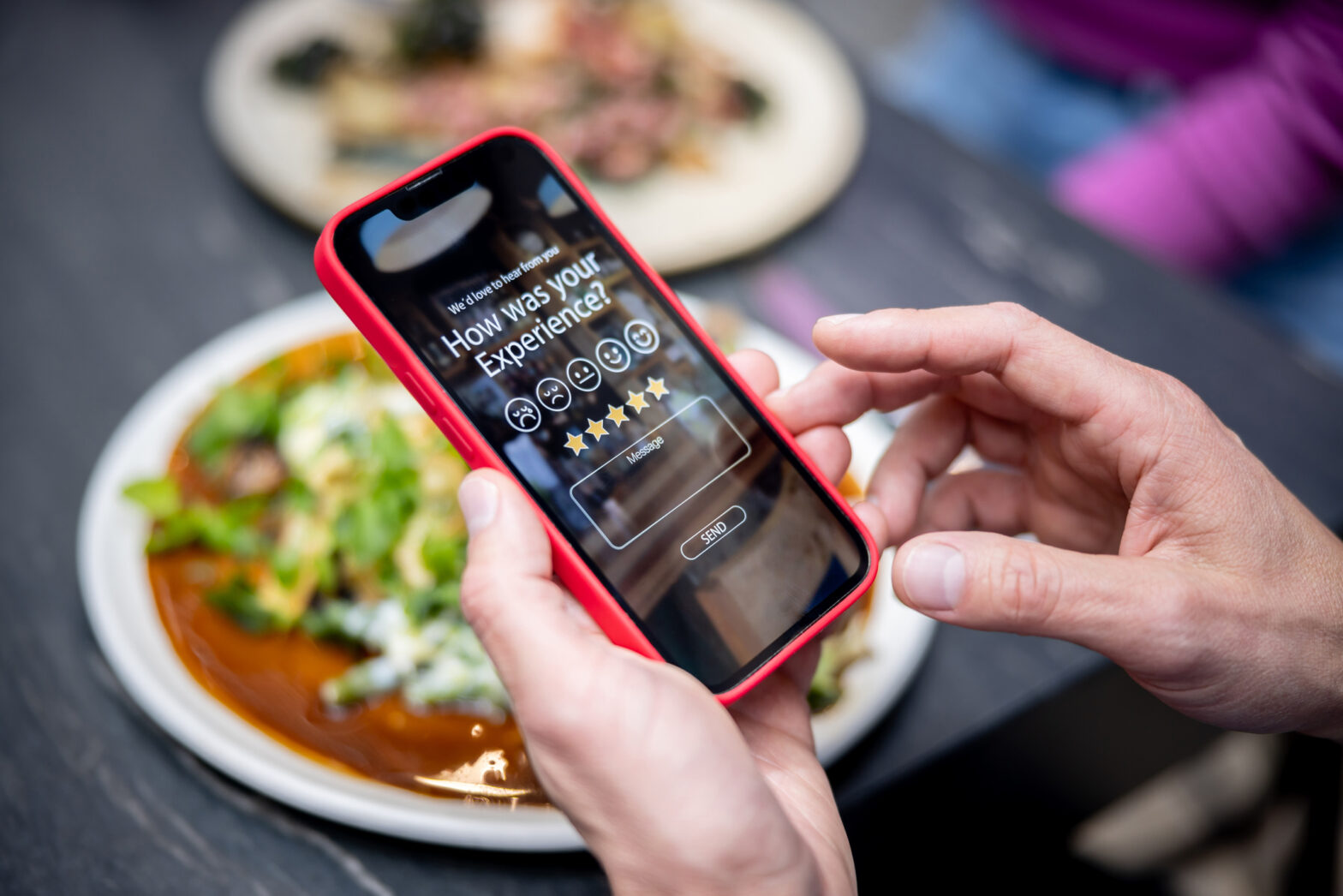Eliot Sykes, head of customer experience at Ethology, part of bigdog explains how fast growing businesses can restore their brand to be compatible in a world where consumers interact with brands across many different platforms and devices.
Realigning a brand for the multi-channel world is no mean feat. In a continuously evolving digital world, consumers face a growing choice of media and the ability to interact across multiple platforms. If done right, multi-channel connections can amplify brand presence and engagement. However, when undertaking a task of this magnitude, marketers must carefully address the vital marketing fundamentals first. Creative and digital agencies are as guilty as their marketing client counterparts in often jumping all too quickly to reach a solution. The process of realignment needs careful consideration and planning, ahead of any activation.
Ask why – and then ask why again
When companies are first presented with the idea of change often things can move too quickly. Commonly brands want a quick fix. Instead, through taking a step back from the situation you can discover what factors are driving this need for change and uncover the real reasons for it. Our experience shows that change drivers are highly likely to be customer driven – but understanding what lies beneath these new demands is key. You are more likely to succeed in delivering this correct change and doing it in the best possible way by refocussing on the reasons behind why a brand change is needed.
Get the board on-board
Business transformation and brand realignment have many stages and require what we refer to as a ‘whole of business approach’. This means all the company’s stakeholders need to be on board with the changes being made and believe in them. It cannot be achieved through the marketing department alone – it’s a team effort. By uniting all your business areas’ leaders to join the journey to a consistent, multi-channel world, you not only present yourself as a solid business entity, but also prove that your brand is fit for purpose.
Understand your audience
It’s no good jumping into brand realignment and taking new directions when you haven’t assessed who specifically is going to be benefitting from the changes you’re making. Allow yourself the time to analyse your existing audience or desired new audience. We employ Voice of Customer programmes that utilise new techniques and data alongside trend analysis to get under the skin of audiences and bring them to life within the organisation. This helps us to truly understand the role a brand plays within its audiences’ lives and its core purpose.
What are the fundamental elements of your brand? Do they still resonate? Answering these questions will help you filter your target audience and determine whether these fundamentals should be adapted or whether your message may require a different delivery.
Map the customer experience
Admitting when things simply don’t work for a brand is an internal barrier that many businesses need to overcome. Through being brutally honest in identifying the touchpoints which are ‘painful’ for your customers and could even turn them away from your offering, you can prioritise and address any outstanding issues. Our customer experience mapping techniques allow you to dissect journeys by persona types and identify overlaps and areas of change. Once these issues are determined, you can start identifying the new opportunities that come with modernised technology to improve and realign your brand position.
Envision the future brand
Imagining the future positioning of your brand can automatically help to identify the area you wish your brand to sit in within a multi-channel world. To fully address this, time and care need to go into considering how to authentically engage with your audience without shouting about your brands’ message. Focus on making the consumer’s life easier and helping them.
In doing so, a multi-channel approach becomes less about reaching targets and hitting numbers, instead it adopts a more human centric angle. This shift of focus will empower your brand to play a more intrinsic part in people’s lives, rather than just talking at them.
Integrate
Understanding which channels perform best for your brand and what drives business impact is essential to creating optimum integration across all channels.
Channels deliver messages in a different way and serve different purposes. How these different channels come together is crucial, it’s all about how they collaborate with one another and the individual benefits they bring to the table. It’s about combining the right channel with the right message, at the right time and using these elements in the correct way, as we may engage more with a brand when browsing on our phone in our leisure time (for example), rather than when engaging with content on mainstream media on the work computer. For this reason, multiplying a message via different channels is far more efficient than repeating it via a single channel. The benefits of multi-channel use will ultimately impact a company’s bottom line.
Innovate and create
Innovation is key – how else do you achieve results without exploring new creative options? Through reimagining the customer experience with originality, you can build innovative experiences. This enables new technology and data to be used, which can present opportunities to connect and delight in ways not previously possible. If you can think of the change, you can make the change.
Make long term decisions
Planning is often the obvious key to success. Movements and decisions can be foreshadowed so your brand is prepared for the direction you choose to take. But whilst this is important, so is leaving room to take risks and challenge existing ideas. There is no guarantee that a new idea will develop into a great idea. Undoubtedly mistakes will be made. But when asking yourself the question – ‘is this the right move for the long-term’ – you are more likely to look at the big picture and make successful decisions.
Make it happen
Take the leap! One of the hardest parts of bringing your brand up to speed is putting the plan into action and both developing and delivering the changes. After all the hard work of realigning the brand positioning you need time to align responsibility too, which involves support from the wider team. Also, leave time to measure and track the progression of your plan to the highest degree. Only then can you begin to establish your brand in the multi-channel world.
Start again
Brand realignment is never a one and done approach. With changing consumer needs there’s reason for why the digital world evolves and changes, which is reflected through the overall growth of the digital sphere. Your target audience will also transform, and their behaviours and preferences will change as more channels are created and explored. Don’t be afraid to make adjustments as you go and return to the drawing board when required.
Brand realignment is a big task, but if executed right and done to the highest possible standard, it can bring far more long-term benefits to a brand than ever expected.
Further reading on branding
Social media and out-of-home branding: a true bromance for brands







